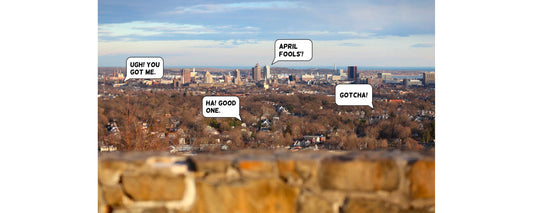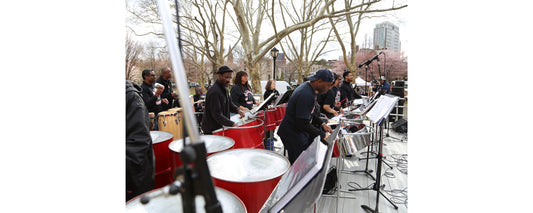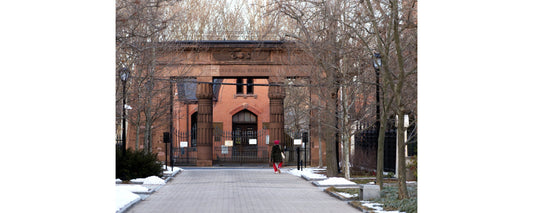Some numbers carry more value than others. Some carry more weight. The number “2020” might conjure up clear vision or hindsight, impending elections or the future in general. It’s a number fraught with connotations.
In Kehler Liddell Gallery’s juried show 2 0 2 0, the president makes numerous appearances, as one might expect. So do many issues of the day and, presumably, the near future, including immigration, the environment, race relations and gender equality. Other works take up the theme of sight and vision. A few manage to play the title both ways, but every piece in this exhibition asks us to think about the seen, the unseen and the not easily noticed.
sponsored by
Photographer Phyllis Crowley’s Furrows registers first as an abstract confluence of fluid lines, but soon our vision settles, and we find ourselves looking down on a topographic image of a mountainous region with a roadway running through its valley. The greenish black ink makes the entire landscape seem barren, but once your eye acclimates, you can make out trees and tiny buildings. The title may suggest not only the folds of the landscape but also our own wrinkled brows, but the vision from above is ultimately uplifting, a reminder that the land has its own graceful form, greater than our minuscule attempts to shape it for our own purposes.
An entirely different view is suggested by Eric March’s stippled, colorful Cone of Vision, an oil painting of a clownish group of people on a beach holding white cones to their eyes (or peering into them, or wearing them on their head), thus limiting what each of them sees of the larger scene. The reference, March explains in an artist statement, is to “a rule of perspective drawing that dictates that only a portion of one’s view should be included
sponsored by
The geometry of Paul Berger’s Stars and Bars intersects both meanings suggested by 2 0 2 0. Visually, the photograph—an old-school silver gelatin print from film—is an appealing juxtaposition of the criss-crossing bars of a windowed atrium (located at the John F. Kennedy Library in Boston) surrounding an American flag hung at a vertical angle. Shadowed lines run against the flag’s bars, creating a complex pattern of diagonals, of light and dark, of fabric and steel. The symbol of our nation begs the metaphor. Are we working at cross-purposes? Are we trapped behind bars? Are we “crossed out”?
William A. Canosa’s digital photograph Post Industrial View 2 takes a similar interest in the lines and light of a large structure but with different results. Canosa lays a tree-lined urban landscape over a duct-lined factory interior, giving us access to the view through a crumbling, rusty window frame. Again, lines are stretched and crossed. Despite the appearance of bright blocks of windows in the background, the effect is dark and foreboding. In the companion photograph, Post Industrial View 3, a long, rubber hose coiled haphazardly over a faucet on a crumbling wall gives the appearance of a twisted intestine or a terrifying medical apparatus. The wall itself is both deteriorated and transparent, offering a disorienting view of another industrial space behind it.
A sober woman at the center of Hilary Opperman’s mixed media painting/collage Lens Unbound wears an outrageous pair of gilded glasses, though she doesn’t seem to notice the brilliantly colored flora and fauna around her. She, like the elder with the cone, is keeping her eyes on us, while the face of another woman over her shoulder—another part of herself?—has closed her eyes and appears to be relying on her other senses. Both seem to ask the viewer: Are you watching? Are you paying attention in other ways?
Attention should be paid to Werner Sun’s Double Vision, like a migraine aura that leaps off the canvas. And to Mark Battista’s American Discord, a digital photo collage that turns two all-American apples into heads with grotesque shouting mouths and no eyes at all. And to Douglas Deveny’s beautiful Silent Landscape mixed-media images, which have a dreamy, J.M.W. Turner quality.
There’s much to look at in 2 0 2 0, and more to see.
2 0 2 0
Kehler Liddell Gallery – 873 Whalley Ave, New Haven (map)
Thurs-Fri 11am-4pm, Sat-Sun 10am-4pm through May 26
(203) 389-9555
www.kehlerliddellgallery.com/exhibitions
Written and photographed by Kathy Leonard Czepiel.









